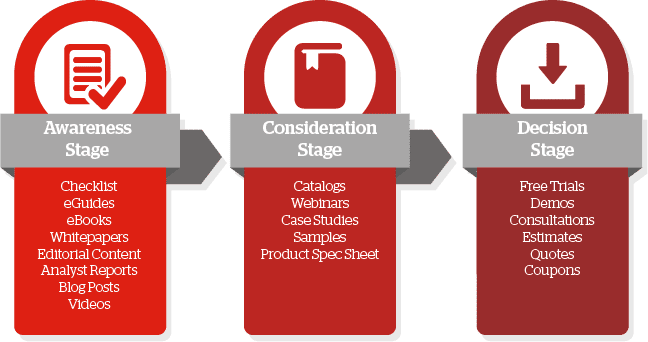Now, get ready for Inbound marketing. This form of marketing responds to the possibility of intervening in the dialogue between companies and customers. The model is no longer that of the large company that carries out advertising campaigns through traditional media, because the weight of these media has fallen and because small companies need alternatives to reach their public in a much more economical way. Our customers, whatever their age, are looking for information on the Internet, and age only determines the tool they will use to do so.
We have lived through the online advertising binge that has been added to offline advertising and this, as it could not be otherwise, has resulted in a rejection. We are blind to banners, we are not interested in remarketing and AdWords is an increasingly intrusive tool. We may buy when someone decides it is time to buy, but now we decide to inform ourselves about the alternatives we have and which one we are really interested in. In addition, the opinions of other users are becoming increasingly important. There are even people who put it on a plate for us when they post product demonstration videos.
{{cta(‘bb2971b9-bf36-4c36-8edc-75223dba5208’)}}
So there is nothing better than attracting and offering information to the consumer who starts a process of identification and search for the solution to his or her problem (awareness) and to obtain alternatives (evaluation) prior to purchase (decision), because he is a qualified buyer (this means that he did not come to our website by chance or because he was bored, but because he is interested in the products we offer) with a much higher probability of closing a purchase within a certain period of time.

You will probably end up using this technique because someone will recommend it to you, because you will read somewhere about the good results it will bring to your lead generation strategy or because the alternative is to spend much more on advertising campaigns. But, before that moment arrives, make sure you have:
A correct brand strategy.
A correct definition and presentation of your company.
Content about your customers’ environment, their problems and solutions provided by your products.
Content about your satisfied customers, describing the reasons that led them to select your products and the reasons for their satisfaction.
Content that adds value to your customer in the identification and decision process.

